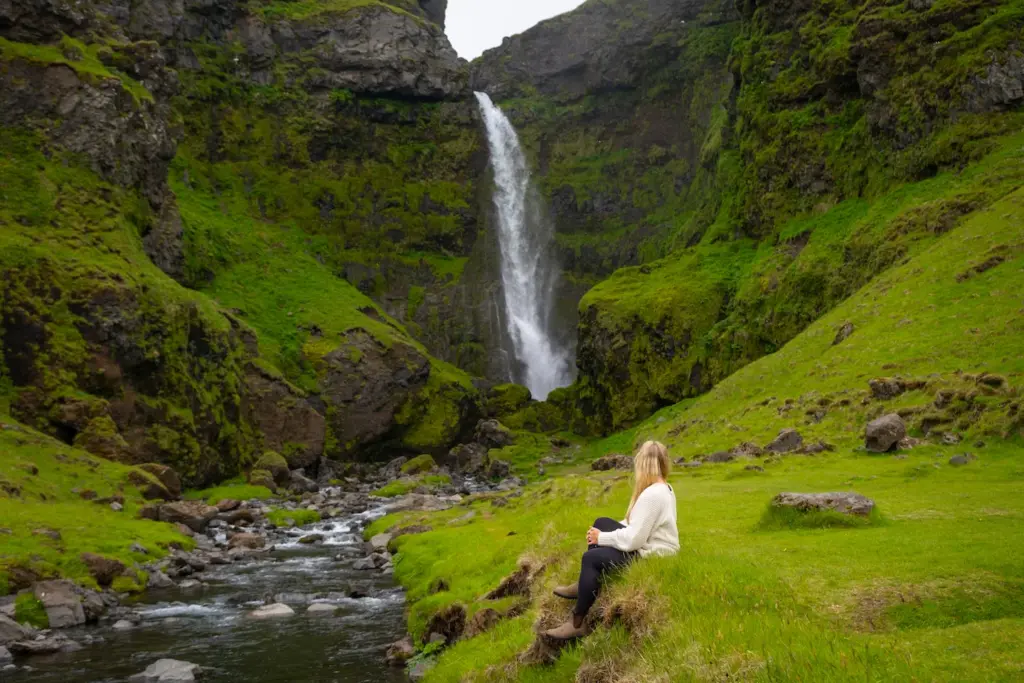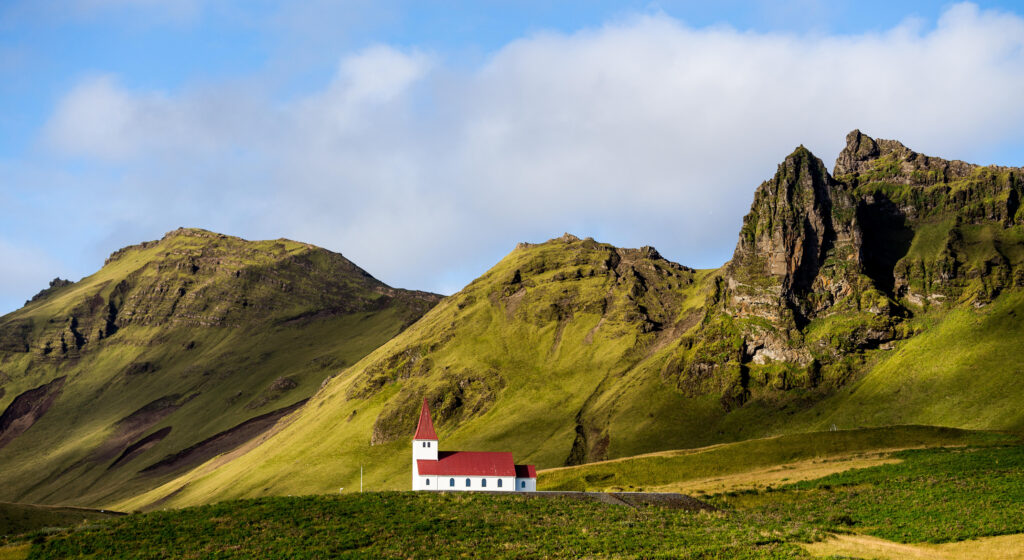Iceland, the Land of Fire and Ice, is one of the most magical destinations on Earth. With its jaw-dropping waterfalls, black sand beaches, glowing Northern Lights, bubbling hot springs, and dramatic volcanic landscapes, it’s no wonder that travelers from around the world have Iceland on their bucket lists.
But here’s the big question: When is the best time to visit Iceland?
Well, the answer depends on what you want to see and experience. Iceland offers something different and special every season. Whether you’re chasing the Northern Lights, soaking in hot springs, or hiking under the Midnight Sun, Iceland has something unforgettable for you.
Let’s explore what each season offers so you can decide the perfect time for your adventure.
🌷 Spring (April – May): A Quiet and Beautiful Awakening
Spring in Iceland is a peaceful and refreshing time. The snow begins to melt, the days grow longer, and the landscapes come alive with blooming wildflowers.
Why visit iceland in spring?
- Fewer tourists: This shoulder season is less crowded, making it perfect for travelers who prefer peace and quiet.
- Lower prices: Accommodations and tours are generally cheaper compared to the summer.
- Mild weather: Temperatures range between 0°C to 10°C (32°F to 50°F).
- Nature awakening: Waterfalls are full of power, migratory birds return, and sheep start grazing in the valleys.
Spring is ideal if you want to explore Iceland’s nature without the summer crowds. However, the weather can still be unpredictable, so pack layers!

☀️ Summer (June – August): The Land of the Midnight Sun
Summer is the most popular time to visit Iceland—and for good reason. The weather is at its best, the landscapes are lush, and the days are long—really long. In June, some areas experience 24-hour daylight thanks to the Midnight Sun.
Why visit iceland in summer?
- Endless daylight: Perfect for sightseeing and photography late into the night.
- Best road conditions: All roads, including the famous Highlands and F-roads, are open.
- Camping and hiking: Excellent conditions for exploring national parks and remote trails.
- Festivals and culture: Local festivals, music events, and cultural celebrations fill the calendar.
However, be prepared for:
- Higher prices: Flights, hotels, and tours are at peak season rates.
- More tourists: Popular spots like the Golden Circle and Blue Lagoon can get crowded.
If you want to drive the full Ring Road or visit remote areas like the Westfjords, summer is your golden opportunity.
READ MORE: Best Places to Visit in Italy
🍁 Autumn (September – October): Northern Lights and Golden Colors
Autumn is one of Iceland’s most underrated seasons. The landscapes transform with beautiful golden tones, and the Northern Lights start to appear in the skies.
Why visit iceland in autumn?
- Aurora Borealis: Darker skies return, making it prime time to see the Northern Lights.
- Pleasant weather: Temperatures are still mild, ranging from 0°C to 8°C (32°F to 46°F).
- Stunning colors: Iceland’s mossy landscapes and lava fields glow with autumn hues.
- Lower prices and fewer crowds: A great mix of affordability and adventure.
Many tours and attractions are still open, but be mindful of shorter days and the return of some unpredictable weather.
❄️ Winter (November – March): A Magical Wonderland
Winter in Iceland feels like stepping into a fairy tale. Snow blankets the landscapes, and the Northern Lights dance across the night sky.
Why visit iceland in winter?
- Northern Lights: Winter offers the clearest and darkest skies for viewing the auroras.
- Ice caves and glaciers: This is the only time you can explore natural blue ice caves.
- Snowy adventures: Go dog sledding, snowmobiling, or take a super jeep tour.
- Holiday charm: December brings cozy vibes, twinkling lights, and festive cheer to Reykjavik.
Things to keep in mind:
- Limited daylight: Expect only 4–6 hours of light per day.
- Road closures: Some routes may be closed due to snow or ice.
- Cold temperatures: It can drop below freezing, especially in the north.
Winter is perfect for adventurous travelers who want to experience the raw, untamed beauty of Iceland.

So, When Should You Go to Visit Iceland?
Here’s a quick guide based on your travel goals:
| Your Goal | Best Time to Visit |
| See the Northern Lights | September to April |
| Experience the Midnight Sun | June to early July |
| Road trip the Ring Road | June to September |
| Explore ice caves | November to March |
| Avoid crowds and save money | April–May or September–October |
Final Thoughts
The best time to visit Iceland truly depends on what kind of adventure you’re looking for. Every season has its own charm and beauty.
- Want to explore the island without freezing? Go in summer.
- Want to see the Northern Lights? Visit in winter or fall.
- Want to avoid the crowds but still enjoy good weather? Try spring or early autumn.

